In 1850, Henry Wade, the surveyor for the Portland district, completed a plan of the township of Hamilton, then known as The Grange. He was under instruction from Robert Hoddle, the head of the Melbourne Survey Office. Hoddle requested Wade set aside eight acres for a cemetery. Wade surveyed a site on the then Wannon Road, later known as Coleraine Road. That site became the Hamilton Cemetery but is now more commonly known as the Hamilton Old Cemetery after the first burial at the Hamilton Lawn Cemetery in February 1970. Some burials occurred at the old cemetery after that time, but generally with existing graves.

Of the cemeteries I have visited in the Western District, the Hamilton Old Cemetery is the one closest to my heart. The following grave is the one that first took me there. The time of my first visit is unclear but maybe as a toddler. I’m not sure who I even went with. Maybe my Nana or my great auntie Rosie, both daughters of Thomas and Sarah Hadden. Both Nana and Auntie Rosie took me to the cemetery many times as a child.

The visits to the cemetery were a regular Sunday ritual. If I heard Nana say, “Those flowers would be nice for the cemetery”, I knew the camellias or the dahlias were in bloom and a cemetery visit was impending. Of course, there were also the visits on significant dates. Nana and Auntie Rosie would weed the plot and put fresh flowers in the vases and I would fill the vases with water at a nearby tap. The vases in the photo (above) have been with the grave since the beginning as Mum remembers them when she was a child visiting the grave. And now my son, a fourth generation descendant, has visited the grave of his gg grandparents Thomas and Sarah.
Thomas Hadden was born in Cavendish in 1879, a son of a Scottish immigrant while Sarah was born Sarah Elizabeth Harman at Byaduk. Her mother, Lizzie Bishop, passed away when Sarah was seven and she and her two siblings were raised by their father Reuben and step-mother Emma Lorden. Thomas Hadden and Sarah Harman married in 1904 at Byaduk. They raised seven children in a small house on Coleraine Road, their first-born Lucy Angelina in 1905.

THOMAS HADDEN & SARAH HARMAN
Both Sarah and Tom passed away in their sixties. Tom in 1943 aged sixty-four and Sarah in 1948 aged sixty-five, both still relatively young.
When I was ten, there was another grave to visit at the cemetery, that of my great Uncle Len Hadden. We probably visited it before that, but it’s not in my memory. My great-aunt Jessie was buried in 1969, but I was one-year-old and don’t remember her, but I do remember Uncle Len.

Arthur Leonard Hadden (below), better known as Len, was the second child and oldest son of Thomas and Sarah. He was born in February 1907 at Hamilton. Len attended the Hamilton State school and became a butcher.

Len married Jessie McPhail in October 1928 at Hamilton. Jessie was born at Tahara to Archibald McPhail and Jessie Wilson in 1905. Jessie and Len had four boys.

ARTHUR LEONARD HADDEN & JESSIE McPHAIL
Visiting Uncle Len at his home on Port Fairy Road, Hamilton during the 1970s was memorable. Then a widower, he was in his mid-sixties but he seemed very old to me. I recall he always had the newspaper open on the table and the radio going, the racing station I think, and he didn’t talk much to me, not in the way his younger brother Bill did anyway. Uncle Len had an ankle biting silky terrier called Scruffy I was a bit scared of and a talking cockatoo. Most memorable was his outdoor dunny, the only one I had seen at the time, and I can still recall the smell which was probably phenyle.

From the Hadden’s, the next of my family graves are those I discovered when I began researching my family history. As a child, I had no idea there were others in the cemetery related to me. Little did I know my great-grandmother Sarah Harman’s great-uncle and aunt William Reed and Sarah Burgin were there and not too far away either.
William Reed and Sarah Burgin were the subjects of my post The Muddy Creek Reeds. There you can read about William’s early life in Cambridgeshire and later as a husband and father living at Muddy Creek.

Also buried there is Edna Alice Ford, a grand-daughter of William and Sarah. Her parents were Martha Reed and James Ernest Ford and she was their fourth born. There is also William Reed Jnr, the eldest child of William Reed and Sarah Burgin. Dying aged eighty-six, William never married.
Not far away is the grave of another of William and Sarah’s children, Sarah Ann Reed (below). She married William Kirkwood of Buckley’s Swamp in 1903. They settled at Buckley’s Swamp and raised a family of at least seven children. I have several more photos of Kirkwood graves and I will feature those in a future post on the Hamilton Cemetery.

There are more of the Reed family graves to photograph including William and Sarah’s daughter and mother of Alice Edna Ford, Martha Reed and her husband James Ford. Also daughter Eliza Reed and her husband James Clayton and her sister Alice Reed and Alice’s husband Henry Brewis. Williams and Sarah’s son, Albert Reed and his wife Elilias Patman are also buried in the cemetery.
Nearby the grave of William and Sarah is the last resting place of Sarah’s parents Richard Burgin and Eliza Addinsall. They were from Lincolnshire and arrived at Geelong aboard the Joshua in 1854. Accompanying them were their children, Richard Jnr, Sarah, William and baby Hannah. According to the passenger list, they were heading to nearby Batesford, the home of relatives. They eventually made their way further west and were in the Hamilton district by 1858 when their daughter Eliza was born. They settled at Muddy Creek, a small settlement just south of Hamilton with a large Methodist population.

Devout Wesleyans, the Burgins attended the Muddy Creek Methodist Chuch. That is where the Burgin, Reed, Harman connection all began. My ggg grandfather was a local preacher and in the early 1860s, before he settled his family at what would become Byaduk, Muddy Creek was their nearest church. James’ wife Susan Reed was a sister of William, who arrived in the district from England as a single man and settled around Muddy Creek. Sarah and William met, possibly at church, married and the rest is history.
The first burial in the Burgin plot was Eliza Burgin Jnr who passed away in 1874 aged sixteen. Her mother Eliza followed in 1883 aged sixty-six then father Richard who passed away in 1888 aged seventy-eight.
The last burial was, Hannah Burgin who never married and passed away in 1923 aged seventy.
Still close by is the grave of Sarah Harman’s 1st cousin 1 x removed, Jessie Harman. Jessie, of Byaduk, was the daughter of Reuben Harman and Elizabeth Oliver and married Hamilton man, Walter Greed in 1898.

Walter’s parents, John Weaver Greed and Emma Grinter started an undertaking business in Hamilton in 1861. Around 1890, it was taken over by Walter’s younger brother Frank after the death of their father. It became known as F.Greed & Sons and today the descendants of John and Emma run the business on the site where the business began 154 years ago.
Walter was the nephew of Abraham Greed a Hamilton coachmaker and at one time, Mayor. When he finished school, Walter went to work with his uncle in the coach building trade. After their marriage, Jessie and Walter lived at 21 Stephen Street (below), with not only their children, Vera and Arthur, but at times, Jessie’s mother and two sisters, Beatrice and Sarah.

Jessie and Walter’s son Arthur married Evelyn Sack around 1928 at the Hamilton Baptist Church, just a couple of blocks from the Greed home.

FORMER BAPTIST CHURCH, HAMILTON
Evelyn was born in Shepparton, but her family moved to Hamilton soon after and her father Frederick Sack operated a jewellers and optician business in Gray Street. The family lived at 46 Martin Street.
Arthur Greed worked in the materials and curtain department in Miller’s store also in Gray Street. After he and Evelyn married, they lived at 20 Stephen Street, across the road from Arthur’s parents. In their later years, Arthur and Evelyn retired to Portland. They passed away within three months of each other in 1993.


We now make our way to the opposite end of the cemetery to the Diwell plot. On my last visit, I found another Diwell grave along the way.

I’ll have to use the cemetery records to find out who it belongs to, however, I have narrowed it down to possibly being Jonathan Richard Diwell, born at Hamilton in 1919 and who died in Hamilton in 1928. He was the son of William Diwell and Vita Gleeson and grandson of Richard Diwell and Elizabeth Jelly, buried in the next featured grave.
This grave is the most ornate of my family graves at the cemetery, the final resting place of my gg grandparents, Richard Diwell and Elizabeth Jelly and four of their children.

You can read more about Richard and Elizabeth in the posts Elizabeth Ann Jelly and Another What the Dickens Moment.
Buried with them are four children including the baby Elizabeth gave birth to in 1900, with both dying as a result. Also Richard and Elizabeth’s seventh child, Ernest Richard. He died in 1939 aged forty-eight after accidentally drinking spirits of salt.

The grave is looking a little worse for wear.

There are still several Diwell related headstones to get photos of. They include Richard and Anne’s three young granddaughters, Hilda, Linda and Margaret the daughters of Margaret Ann Diwell and her husband Frederick Coustley. There are also Richard’s sister Margaret Ann McClintock and her daughter Martha Emily McClintock and another daughter Mary Crawford McClintock who married John Blackney.
Since my collection of Hamilton Old cemetery photos is close to 200, this is not the last post on the cemetery. Next, a tour of some of the graves of those who shaped Hamilton.
SOURCES
Garden, Donald S. (Donald Stuart) and Hamilton (Vic.). Council Hamilton, a Western District history. City of Hamilton in conjunction with Hargreen, North Melbourne, 1984, p38.
Hamilton History Centre Driving Tour
Gardner, Margaret & Heffernan, Val & Hamilton History Centre (2007). Exploring Hamilton : mini histories for drive no. 1. Hamilton History Centre, Hamilton, Vic, p15.
Victoria. Register of Assisted Immigrants from the United Kingdom. Microfiche VPRS 14. Public Record Office Victoria, North Melbourne, Victoria, sourced from Ancestry.com.au
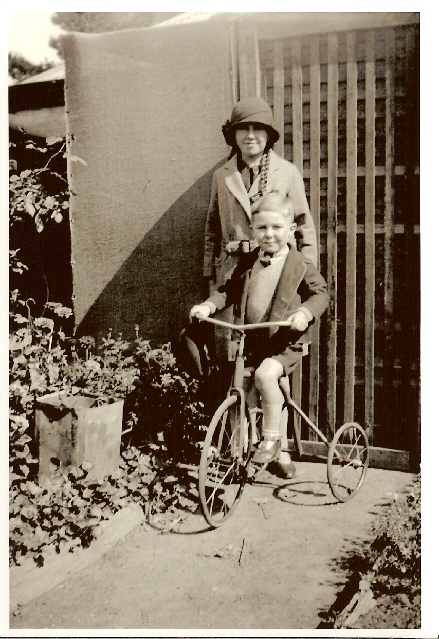
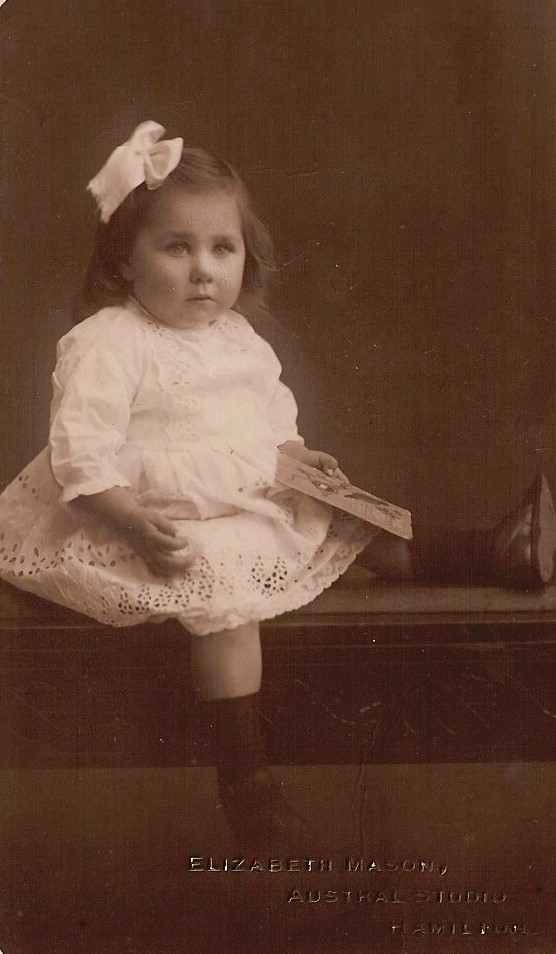









































![What to do in [?]ase of Catching Fire. (1900, May 12). Australian Town and Country Journal (NSW : 1870 - 1907), p. 43. Retrieved May 4, 2013, from http://nla.gov.au/nla.news-article71380496](https://mywdfamilies.files.wordpress.com/2013/05/fire1.jpg)







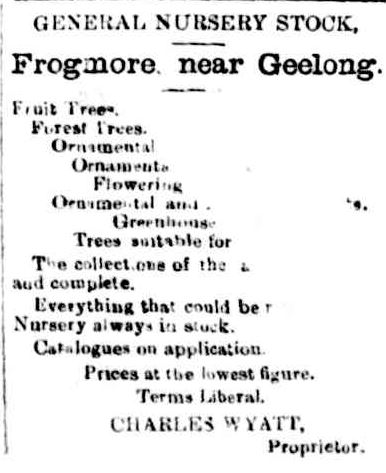












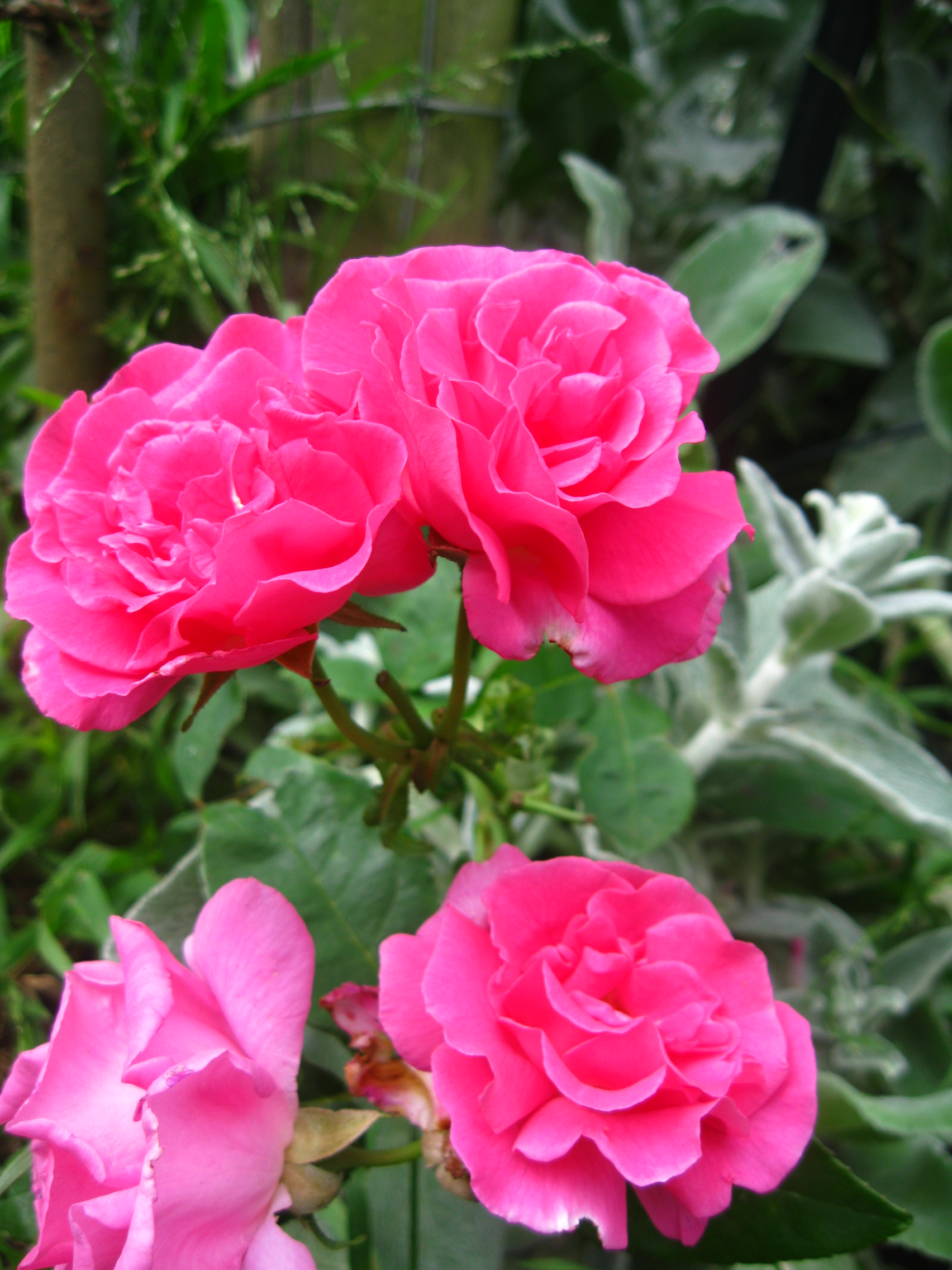


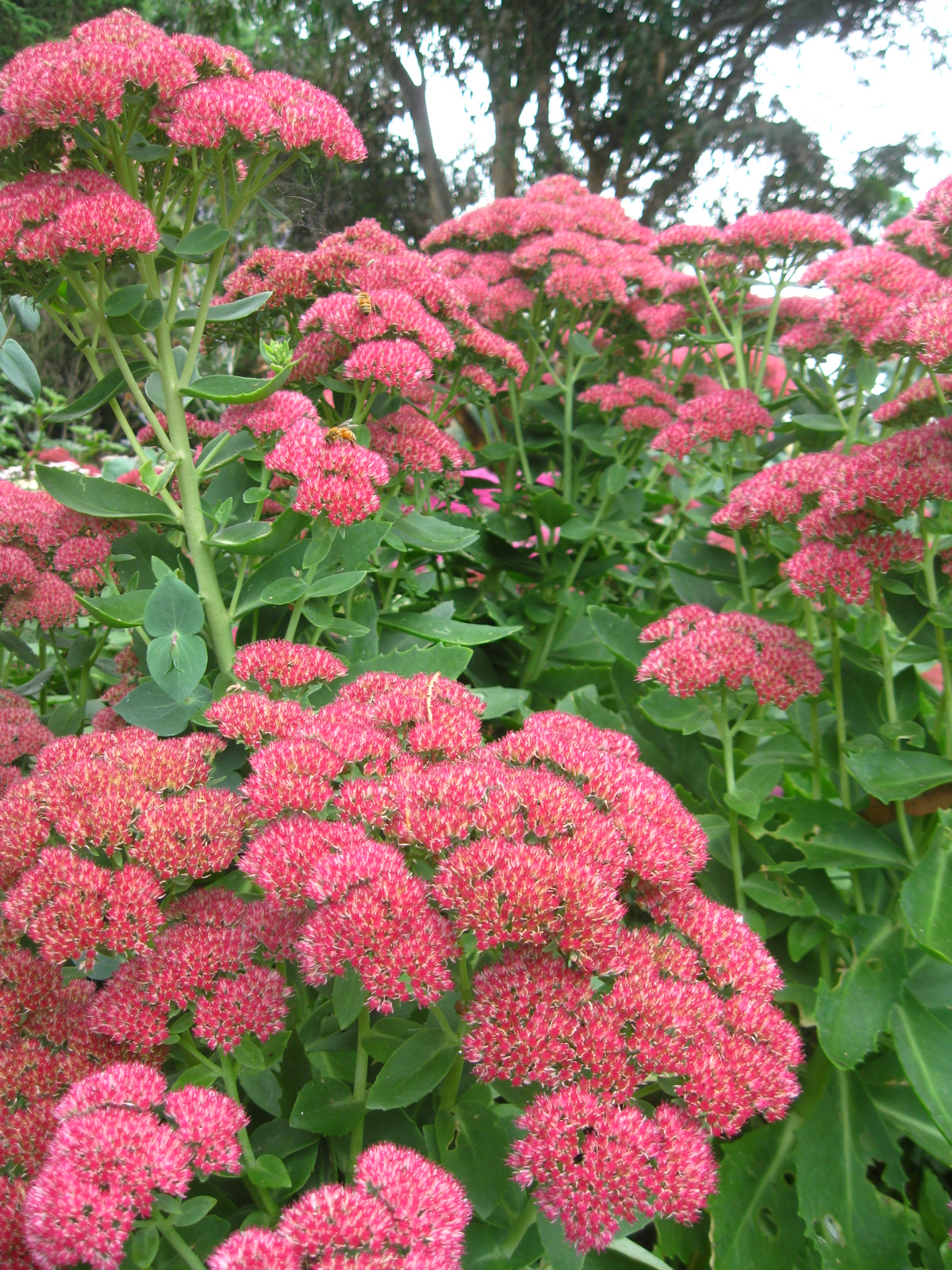
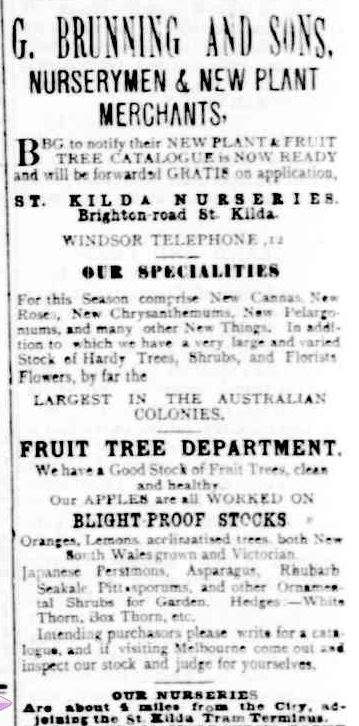




















You must be logged in to post a comment.